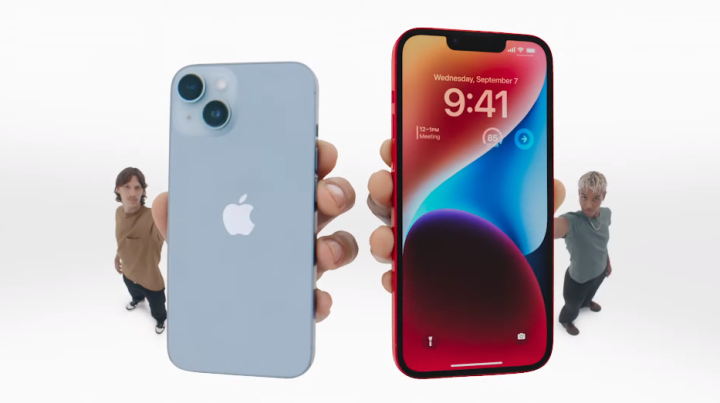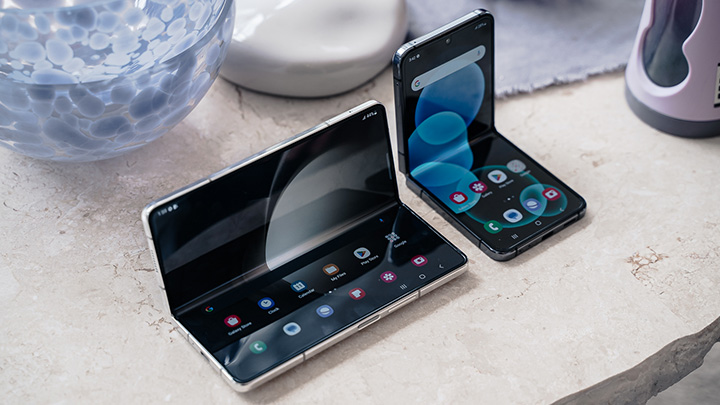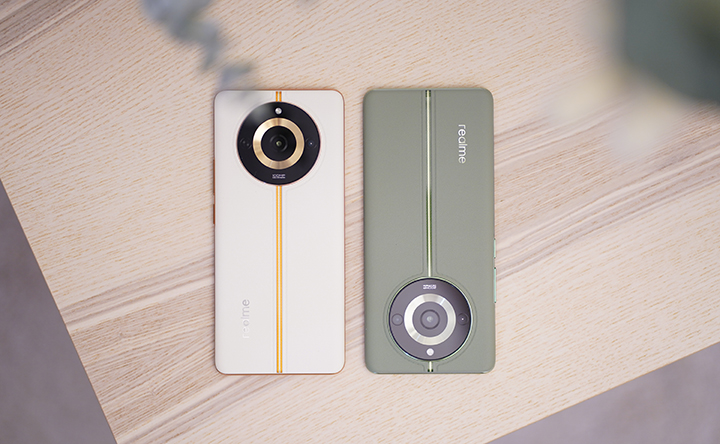Every now and then we all eventually switch or upgrade smartphones. Whether you’re the one to get the latest and greatest model every year or one to use a smartphone til the day it dies and only then have it replaced.

But today we’d argue that a 2-year buying cycle for smartphones is probably the most logical for several reasons, although it’s worth noting that the optimal buying cycle is highly dependent on individual needs and preferences as well as technological advancements.
So here are some reasons why a 2-year buying cycle has been popular.
Table of Contents
Smartphone technology evolves at a rapid pace with significant improvements in processing power, camera capabilities, battery life, and more. But upgrading every year could mean minimal improvements and not offering little to no substantial benefits within just one year, then on the other hand, upgrading too late could mean you miss out on the latest and greatest features.

Opting for a 2-year upgrade cycle enables users to harness these advancements without feeling like they’re missing out on major improvements. Upgrading every 2 years regularly allows individuals to stay up-to-date with the latest features, enhancing their overall user experience.
Historically, a good amount of us have acquired smartphones through carrier contracts such as Globe and Smart that typically span 2 years whilst receiving subsidized phones in exchange for their commitment to their postpaid plans.
This contractual arrangement was what originally laid the foundation for the 2-year upgrade cycle that remains prevalent today.

But for consumers, it could be a smart move depending on their needs. From what we observed, if you go for a budget to midrange smartphone, you’ll typically simply be paying for the postpaid plan itself while getting the device for free.
While for higher-end or flagship models, you’ll typically need to shell out some upfront cost for a more premium device together with your monthly installment. However, based on a few calculations, we determined that you would save roughly 20% on average if you were to buy the device and the plan separately depending on which device you get specifically.

The only downsides are that the plans usually see lower data limits when compared to similarly priced plans that don’t come with a smartphone and that the smartphone’s SIM card support will be locked to the carrier of choice.
But if you already have plans to get a certain smartphone and a certain plan from your carrier of choice, why not go with a plan that will get you the smartphone at little to no cost as well?
When it comes to software and support, smartphone manufacturers and most especially Android typically provide software updates and support for around 3 years after a phone’s release.

Although some smartphone brands offer longer software updates such as Samsung with 4 years and Apple typically having 5 years of support and thus this would vary on which smartphone and brand you go with.
Adhering to a 2-year cycle would typically guarantee users benefit from the latest software enhancements, security patches, and bug fixes, This would thus ensure a smoother and more secure user experience.
If you’re one to resell your smartphone before buying a new one, then you’d have to consider its depreciation and resale value.
A 2-year smartphone upgrade cycle strikes a balance between experiencing the latest technology and managing expenses as the resale value of smartphones tends to decline significantly after the 2-year mark.

While a 1-year cycle may offer the latest technology, the resale value of a smartphone typically declines steeply within the first year.
However, longer ownership would also mean lower resale. Opting for a 3, 4, or 5-year cycle can save money upfront, but the resale value significantly diminishes over time.

Many smartphones are designed to last at least two years without significant performance issues or obsolescence, this means that a 2-year cycle offers a balance between upgrading to new technology and retaining a relatively higher resale value.
The standard warranties for many smartphones typically span 1 to 2 years. Upgrading every two years aligns with warranty periods, providing coverage for the duration of ownership.

By adhering to the 2-year upgrade cycle, users ensure that they remain covered by warranties throughout their ownership period. This provides an added layer of protection and peace of mind.
Moreover, even if the warranty is only covered for 1 year, a lot of smartphones nowadays are typically built to last the very least 2 years without seeing any significant drop in performance and user experience.
While the 2-year smartphone upgrade cycle is a logical choice for many, it’s important to acknowledge that the specific needs of the user, financial considerations, and technological advancements vary and can ultimately influence the optimal buying cycle for smartphones for each individual.
It’s important to note that recent trends have pointed towards longer ownership periods due to the diminishing returns of yearly technological leaps and the higher costs of flagship devices.

Ultimately, the decision to upgrade every 2 years or follow a different cycle hinges on personal priorities and circumstances.
Whether one chooses to embrace the latest innovations or prolong their current device’s lifespan, one’s upgrade cycle remains a decision rooted in a delicate balance between technology, cost, and convenience.

YugaTech.com is the largest and longest-running technology site in the Philippines. Originally established in October 2002, the site was transformed into a full-fledged technology platform in 2005.
How to transfer, withdraw money from PayPal to GCash
Prices of Starlink satellite in the Philippines
Install Google GBox to Huawei smartphones
Pag-IBIG MP2 online application
How to check PhilHealth contributions online
How to find your SIM card serial number
Globe, PLDT, Converge, Sky: Unli fiber internet plans compared
10 biggest games in the Google Play Store
LTO periodic medical exam for 10-year licenses
Netflix codes to unlock hidden TV shows, movies
Apple, Asus, Cherry Mobile, Huawei, LG, Nokia, Oppo, Samsung, Sony, Vivo, Xiaomi, Lenovo, Infinix Mobile, Pocophone, Honor, iPhone, OnePlus, Tecno, Realme, HTC, Gionee, Kata, IQ00, Redmi, Razer, CloudFone, Motorola, Panasonic, TCL, Wiko
Best Android smartphones between PHP 20,000 - 25,000
Smartphones under PHP 10,000 in the Philippines
Smartphones under PHP 12K Philippines
Best smartphones for kids under PHP 7,000
Smartphones under PHP 15,000 in the Philippines
Best Android smartphones between PHP 15,000 - 20,000
Smartphones under PHP 20,000 in the Philippines
Most affordable 5G phones in the Philippines under PHP 20K
5G smartphones in the Philippines under PHP 16K
Smartphone pricelist Philippines 2024
Smartphone pricelist Philippines 2023
Smartphone pricelist Philippines 2022
Smartphone pricelist Philippines 2021
Smartphone pricelist Philippines 2020
Miss Call says:
Thank you for promoting planned obsolescence!
Miss Call says:
While at it, let’s promote the increase of e-waste.
dri012 says:
hmm, every year upgrade or when a latest generation comes out is the most absurd upgrade. second is the 2 year upgrade why? because in reality, you can still use your phone by its basic functionality even the most hardcore users and if you are “techy” or knowledgeable enough, you can backup all files and apps then fresh reformat everything and it will run like brand new. the most logical and and economical in my opinion is atleast 5 to 7 yrs before your lcd or battery fails or until such time the motherboard suddenly broke down. and the repair costs like a new mid range phone (if you are using a flagship phone).. software upgrades are really nothing they dont give significant improvement in your phones. im on my 3rd year on my phone and it still perform and compatible to the latest apps i use. what matters most is its fast charging ,still satisfied. the battery, last me about a day. Currently planning on prolonging its use up to 7th yr to utilize my investment.